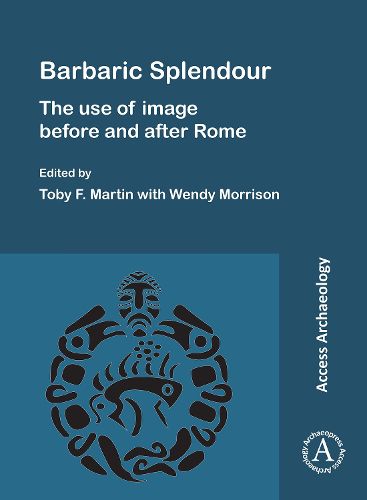Readings Newsletter
Become a Readings Member to make your shopping experience even easier.
Sign in or sign up for free!
You’re not far away from qualifying for FREE standard shipping within Australia
You’ve qualified for FREE standard shipping within Australia
The cart is loading…






Barbaric Splendour: the use of image before and after Rome comprises a collection of essays comparing late Iron Age and Early Medieval art. Though this is an unconventional approach, there are obvious grounds for comparison. Images from both periods revel in complex compositions in which it is hard to distinguish figural elements from geometric patterns. Moreover, in both periods, images rarely stood alone and for their own sake. Instead, they decorated other forms of material culture, particularly items of personal adornment and weaponry. The key comparison, however, is the relationship of these images to those of Rome. Fundamentally, the book asks what making images meant on the fringe of an expanding or contracting empire, particularly as the art from both periods drew heavily from - but radically transformed - imperial imagery.
$9.00 standard shipping within Australia
FREE standard shipping within Australia for orders over $100.00
Express & International shipping calculated at checkout
Barbaric Splendour: the use of image before and after Rome comprises a collection of essays comparing late Iron Age and Early Medieval art. Though this is an unconventional approach, there are obvious grounds for comparison. Images from both periods revel in complex compositions in which it is hard to distinguish figural elements from geometric patterns. Moreover, in both periods, images rarely stood alone and for their own sake. Instead, they decorated other forms of material culture, particularly items of personal adornment and weaponry. The key comparison, however, is the relationship of these images to those of Rome. Fundamentally, the book asks what making images meant on the fringe of an expanding or contracting empire, particularly as the art from both periods drew heavily from - but radically transformed - imperial imagery.